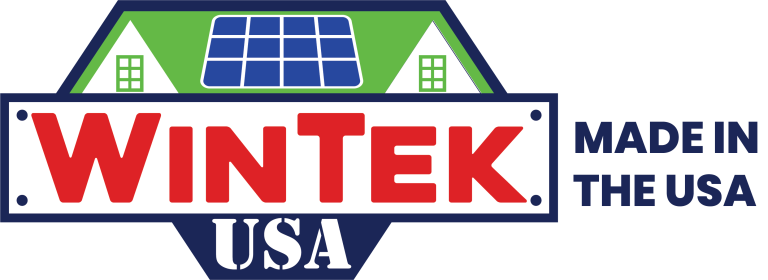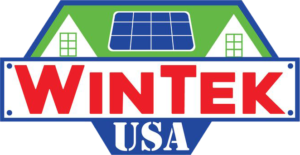What Is a Good R-Value for Windows?
If you’re shopping for energy-efficient windows for your home, you’ll find that there are a variety of ratings and numbers available that can tell you about the energy performance of a specific style or model. One of the most important numbers to look at when considering the energy efficiency of a new set of windows is the R-value. This measure is an indicator of how well the window will insulate your home, and therefore how energy efficient the windows are.
What Is an R-Value?
An R-value measures thermal resistance. For windows, the glass and frame must have a good level of thermal resistance to prevent heat transfer into or out of the home. The higher the R-value, the more thermally resistant the window is. Therefore, a higher R-value is better.
For single-paned windows, the R-value will be relatively low, around 1. Meanwhile, double-pane and triple-pane windows can have R-values of 2, 3, or even higher. It’s important to note that R-values are used for a wide range of products that have insulating capabilities, and a “good” R-value for other products may be drastically different than what you find in replacement windows. Additionally, a good R-value for new windows will depend on the climate you live in.
What Else to Look for in Energy-Efficient Windows
R-value is one of many different measures that help indicate how energy efficient a product may be. For replacement windows, the NFRC (National Fenestration Rating Council) provides a label with other measures of energy efficiency, including:
- U-factor – This is another insulating value, but inverse to R-value. Therefore, a lower value is better here. The U-factor may vary from around 0.25 to 1.25.
- Solar Heat Gain Coefficient – This number ranges from 0 to 1 and measures how much heat from the sun passes through the glass. Therefore, a lower number is better.
- Visible Transmittance – This is a measure of how much light is entering your home on a scale from 0 to 1, with higher numbers indicating more light entering.
- Air Infiltration – This is a measure of how airtight the windows are, and a lower number means less air can pass through.
- Condensation Resistance – This measure determines how much moisture it takes for condensation to appear on the window on a scale from 0 to 100, with higher numbers indicating better resistance.
In addition to these technical specifications on the NFRC label, you can also check to see if the window has ENERGY STAR® certification. For windows, this label indicates that the product’s NFRC ratings meet the energy efficiency guidelines from the EPA (Environmental Protection Agency).
Learn More About Energy-Efficient Windows
If you’re looking for new windows for your home, choosing energy-efficient windows is a smart investment. At WinTek USA, we proudly offer and install some of the most energy-efficient windows on the market. To learn more about the specific features that make our windows so energy efficient or to learn more about their R-value and other energy efficiency ratings, contact WinTek USA today.


